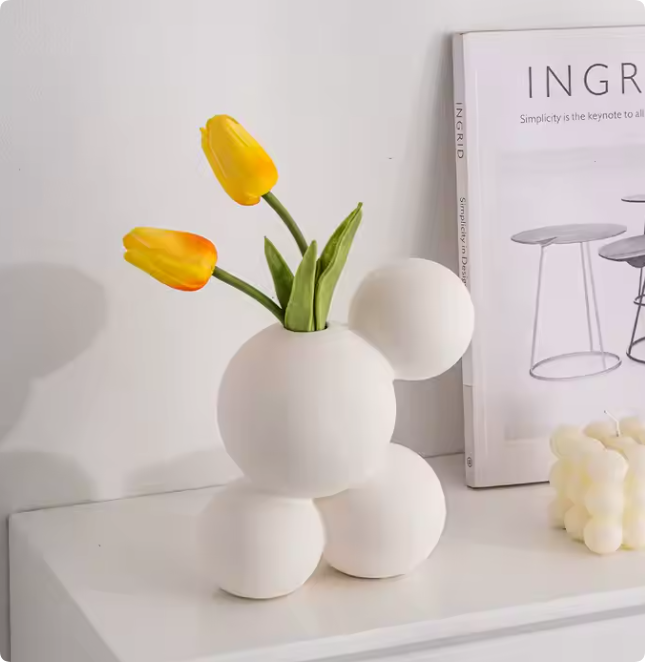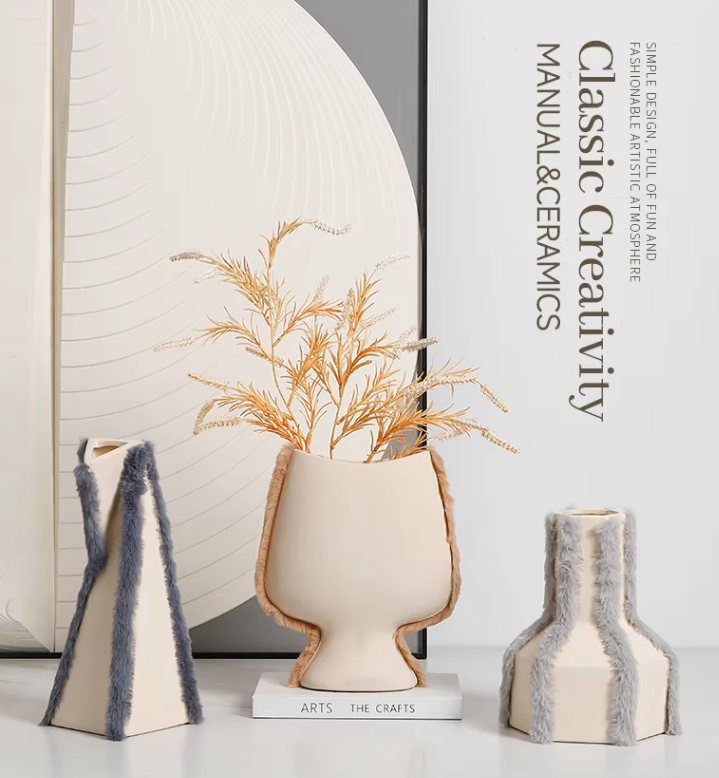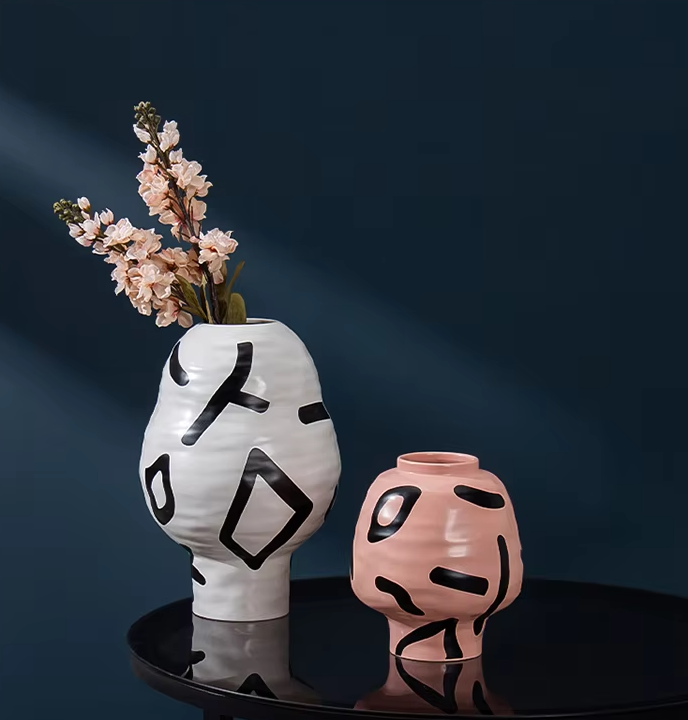With the continuous development of the global home goods industry, ceramic decor items such as flower pots, vases, and home ornaments remain an important part of home aesthetics. More and more importers and cross-border e-commerce sellers recognize the huge potential of these ceramic products in the home decor market, especially in 2026, as global consumers continue to show strong interest in home design. However, this industry also comes with a range of challenges, especially in areas like changing global economic conditions, tightening environmental regulations, and design homogeneity.
In this article, we will explore the three major challenges facing ceramic decor importers in 2026 and provide practical solutions and strategies for importers to navigate this complex and ever-changing market.
Challenge 1: Fluctuating Shipping Costs, Pressures on Profit Margins
Unstable Freight Rates, Increasing Challenges
With the recovery of global trade, fluctuations in shipping costs have become a significant concern for ceramic decor importers. In the past few years, shipping costs saw a sharp increase, and in 2026, the global logistics industry faces new challenges—rising fuel prices, shipping vessel shortages, and stricter environmental regulations—which are causing continuous shipping rate fluctuations.
Ceramic products themselves have a relatively high volume-to-weight ratio, and shipping costs account for a larger portion of the total price. For example, shipping ceramic flower pots from China to Europe could account for 30%-40% of the product cost.
Solutions
- Find ceramic manufacturers near key ports to reduce land transport costs.
- Choose diversified international logistics solutions, such as mixed-container shipping, roll-on/roll-off ships, or consider “sea-air intermodal” options for flexibility.
- Build long-term relationships with logistics and warehousing partners, negotiating for better shipping rates.
- Develop lightweight designs for ceramic decor items, such as using lighter materials or innovative designs to reduce product volume.
Challenge 2: Homogenized Designs, Severe Market Saturation
Rapid Changes in Market Demand, Increasing Design Homogeneity
With the rapid development of social media, global home decor design trends have become increasingly unified. Platforms like Instagram, Pinterest, and TikTok make certain design styles go viral quickly, leading many ceramic brands to replicate popular designs in the market, resulting in market homogeneity.
For example, in the European and American markets, minimalist ceramic vases and creamy-toned flower pots have seen a surge in demand, with nearly every ceramic brand launching similar designs. Consumers find it difficult to differentiate between options, creating significant competitive pressure for ceramic importers.
Solutions
- Seek unique design inspiration, such as integrating local cultural elements or using innovative materials to create differentiated ceramic products.
- Offer small-batch customization services, allowing consumers to enjoy personalized ceramic products and a “bespoke” experience.
- Partner with well-known designers or artists to launch ceramic series with artistic value and limited editions.
- Actively engage in cross-cultural exchanges, introducing design elements from different countries to meet consumer demand for diverse products.
Challenge 3: Stricter Compliance Standards, Increasing Environmental Regulations
Tightening Regulations, Rising Import Barriers
As global environmental awareness increases, especially in markets like the European Union and the United States, compliance with ceramic product standards has become a critical issue for importers. More countries are tightening restrictions on harmful substances (such as lead, cadmium, etc.) in ceramics and imposing stricter environmental regulations on packaging and production processes.
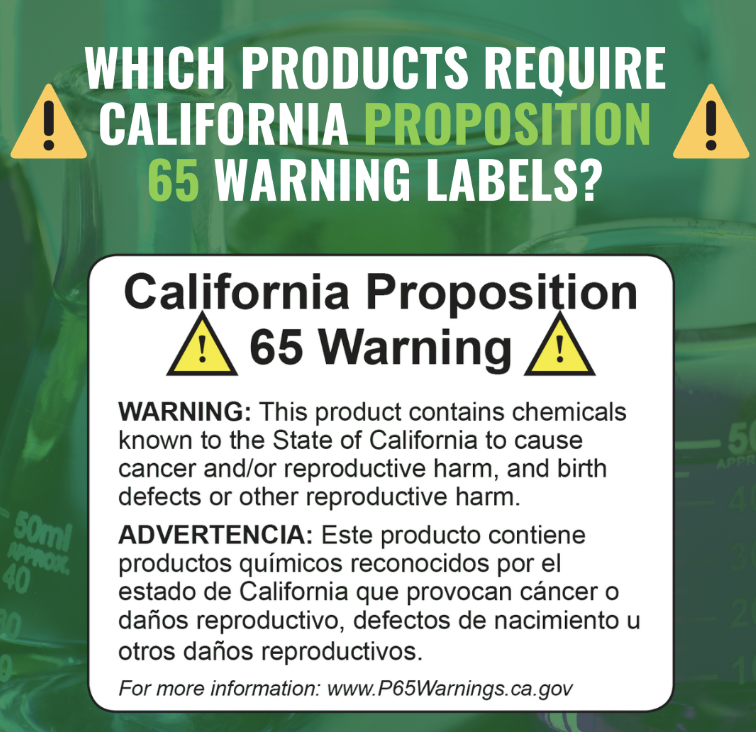
For instance, in the EU, REACH regulations limit the chemical composition of ceramic glazes, requiring all ceramic products to undergo rigorous testing before entering the market. In California, the Prop 65 regulations have strengthened testing standards for harmful substances in ceramic decor items.
Solutions
- Choose compliant factories that are familiar with and adhere to the environmental regulations and standards of target markets.
- Provide certified compliance reports, ensuring products pass international certifications and inspections.
- Focus on using eco-friendly materials, such as lead-free glazes and biodegradable packaging materials, to enhance product competitiveness.
- Stay up to date with regulation changes, such as regularly updating product compliance and safety checks.
[Key Table] Comparison of Global Ceramic Decor Compliance Standards (2026)
| Region/Country | Popular Regulations (2026) | Applicable Product Categories | Key Compliance Points | Penalties for Non-Compliance |
|---|---|---|---|---|
| EU | REACH, New ECHA Regulations | Vases, Flower Pots, Indoor Decor | Heavy metal content, Persistent chemicals (PFAS) | Banned entry, re-shipment, blacklisting of brand |
| USA | California Prop 65 | All Ceramic Home Decor Products | Lead, cadmium content warnings | Heavy fines, platform removal |
| UK | UKCA Certification | Indoor Ceramic Decor | Hazardous substance limits, product labeling compliance | Banned sale, warehouse seizure |
| Australia | ACCC Standards & Product Safety Agreements | Home & Garden Ceramic Products | Heat resistance testing, drop tests, coating safety | Recall, damaged brand reputation |
| Canada | CPSIA Extended Standards (Ceramic Children’s Decor) | Ceramic Children’s Items | Lead-free, clear labeling, size safety | Large fines, brand audits |
Notable Global Ceramic Decor Brands in 2026
To better understand the market landscape, we’ve highlighted five renowned ceramic decor brands worldwide that maintain high standards in design, sustainability, and quality control:
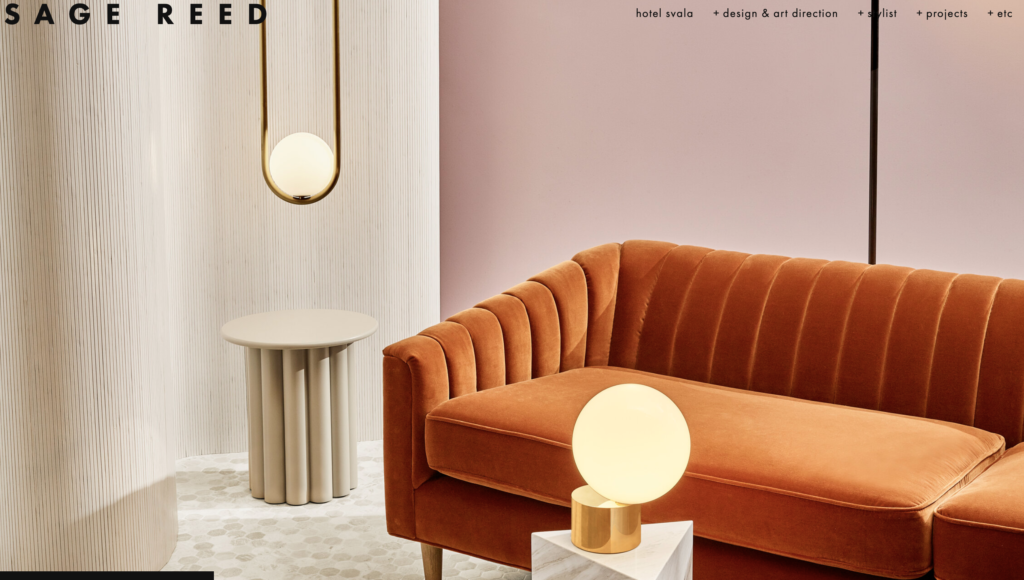
- Taschen & Clay (Germany)
- Focuses on modern sculptural ceramic vases with minimalist designs. Their products feature eco-friendly glazes and biodegradable packaging.
- Aiyama Design (Japan)
- Specializes in blending traditional Japanese ceramic artistry with modern designs. Their product range includes ceramic flower vases and decorative pieces.
- Molevo Casa (Argentina)
- Emphasizes Latin American cultural motifs and vibrant patterns, offering handmade ceramic flower pots and home ornaments.
- Sage & Reed (USA)
- Known for their calm, healing-inspired designs, focusing on creamy-toned and minimalist ceramic decor, popular in North American markets.
- Éclat de Terre (France)
- A French brand renowned for elegant ceramic pieces, particularly their gold-edged vases and artisanal craft techniques, beloved by European consumers.
Frequently Asked Questions (FAQ)
Q1: What is the most overlooked compliance item in 2026?
A: Many importers overlook product labeling language requirements. For instance, France mandates that product descriptions must be in French. Failure to comply could lead to removal from sales platforms.
Q2: Are there factories that specialize in small-batch ceramic flower pot customization?
A: Yes, many factories now offer small-batch customization services, particularly in China, with minimum order quantities as low as 100 units, including personalized designs.
Q3: Is it still profitable to sell ceramic decor through cross-border e-commerce?
A: Absolutely. Ceramic decor items, as home goods, continue to have high repeat purchase rates and high profit margins, especially in social e-commerce and niche markets.
Conclusion: Seizing Opportunities and Overcoming Challenges
In 2026, ceramic decor importers face both challenges and opportunities. From fluctuating shipping costs and design homogeneity to increasingly strict environmental compliance, these challenges require importers to continuously adjust their strategies and improve their competitive edge.
However, as we’ve seen, successful importers tend to find the right balance between innovative designs, compliant manufacturing, and flexible logistics. Ceramic factories like Hale, by offering OEM and ODM custom services, can help importers solve issues related to product personalization, customization, and compliance. If you are planning to import ceramic home decor items, we are happy to provide a one-stop solution to help your business grow.
If you have any questions about importing ceramic decor items, feel free to contact us. We will provide detailed support and services based on your specific needs.

